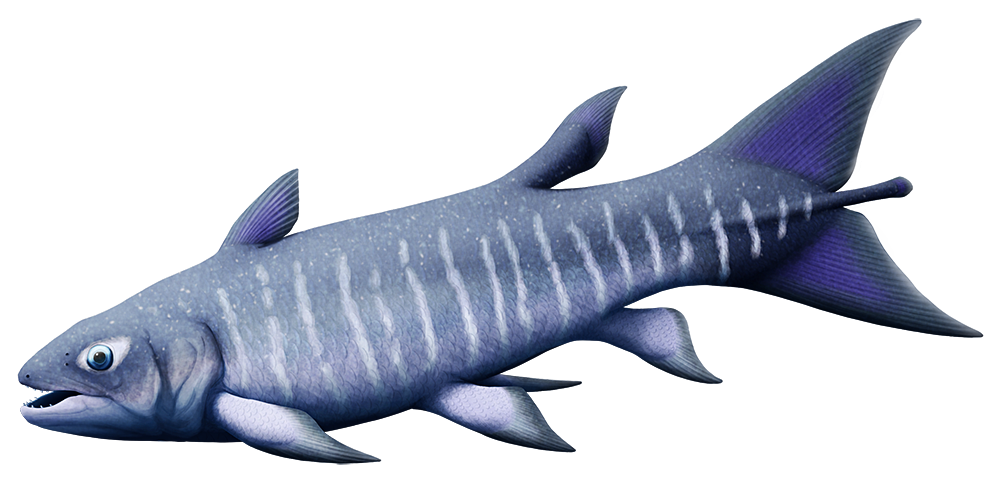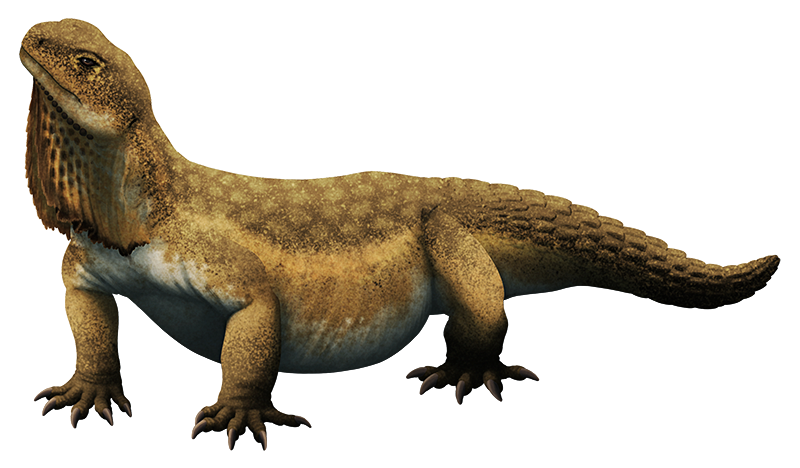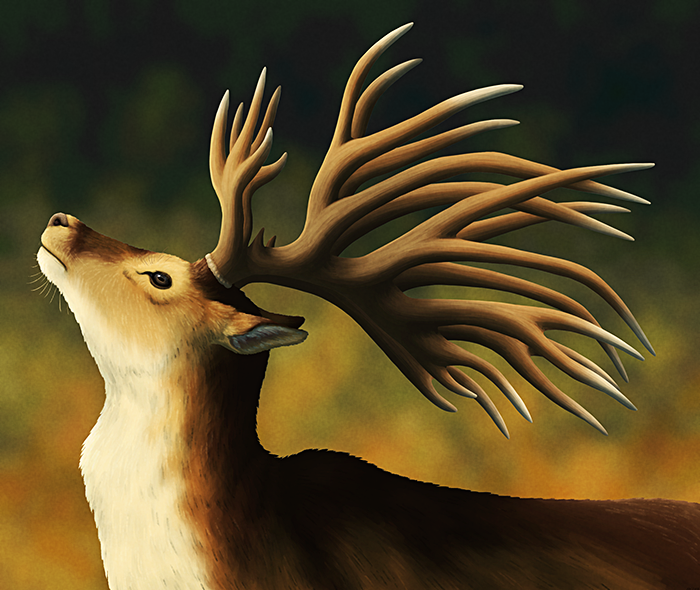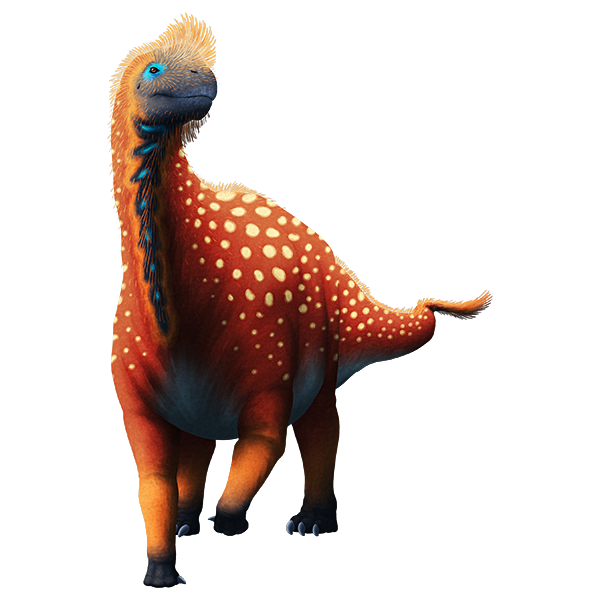Thalattosaurs were a weird and rather mysterious group of Triassic marine reptiles. It’s not clear where they actually fit on the reptile evolutionary tree (we know they’re diapsids, but nobody can really agree on anything more definite than that), and they had some very strange skulls that seem to have been highly specialized for something, although their actual function is still unknown.
Xinpusaurus kohi here is known from the Late Triassic of China (~232-221 mya). About 1.3m long (4′3″), with half of that being its paddle-like tail, it had an elongated upper jaw that formed a protruding pointed spear-shaped snout.
It’s not clear whether this odd snoot was an adaptation for hunting similar to the long bills of swordfish – there’s quite a bit of variation in length and shape between different individual specimens – or if it was serving some other purpose like the sexually dimorphic noses of some modern lizards.





